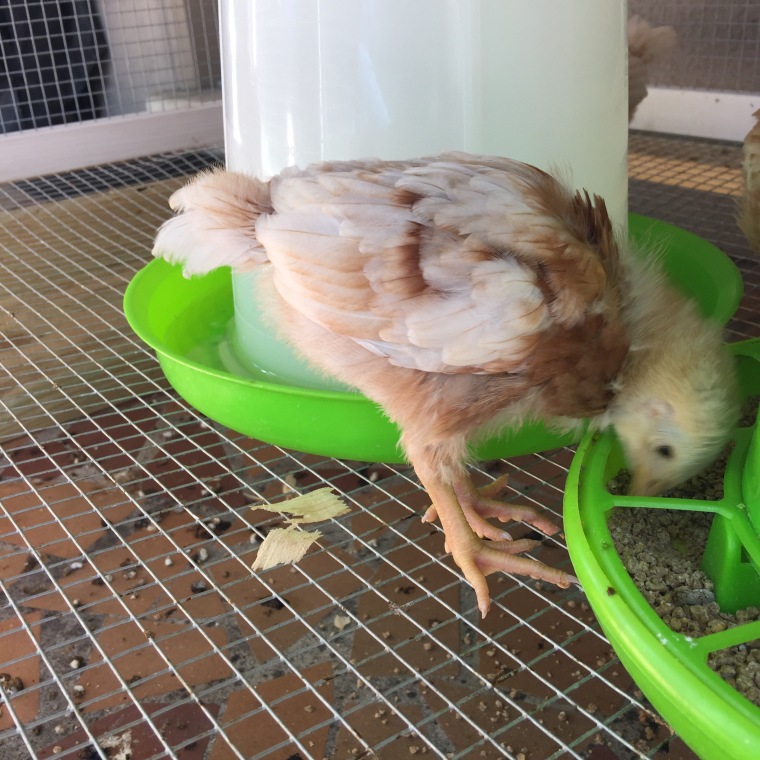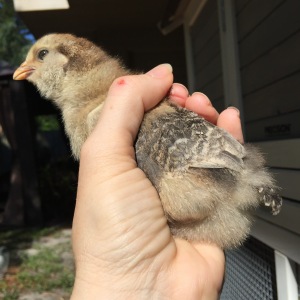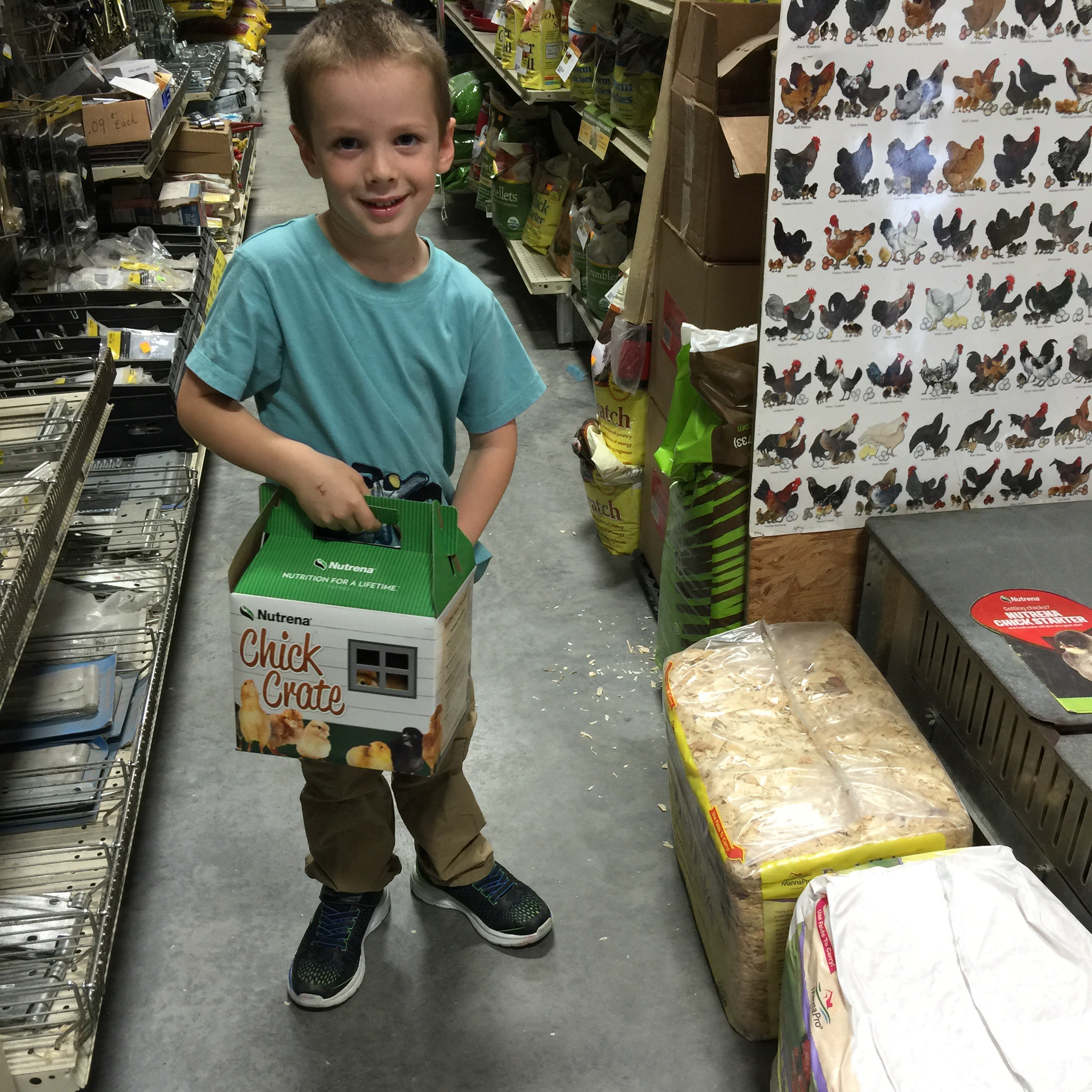So, the other day we got well over a dozen eggs. Then yesterday we didn’t get any! Then today, so far, we got one. I had heard that chickens stop laying for a couple of months toward the end of the year; well, I guess it is true.
The molting process has begun. Shorter days and cooler temperatures…For chickens, it’s a sign that it is time to renew their feathers. Losing feathers and re-growing them is called molting and occurs every year when the days get shorter.
So, here’s what we’ve learned…
During molt, chickens typically stop laying eggs and use this time to build up their nutrient reserves. Even though they are not laying, it is critical that your chickens have a high quality diet during this time.
Feeding a high quality ration during molt will help your birds get through the molting process and back to laying eggs as quickly as possible. Elevated levels of protein as well as a mix of vitamins, minerals and amino acids will help maintain healthy skin and develop strong and beautiful new feathers.
Top tips for feeding through the molt:
- Feed a high protein feed that is a complete feed, so you don’t have to worry about feeding other protein supplements to feed along with layer feed during molt.
- Make feed available free choice
- Limit scratch to 10% of diet during molt so you don’t dilute the protein content of the ration

Molting and growing new feathers requires a lot of energy. Feathers are 85% protein… so be sure your birds’ diet includes a highly nutritious feed that consists of at least 16% protein.
Just as your chickens have individual personalities, they will go through molt differently as well. Some lose a few feathers and grow them back in as quickly as 3-4 weeks. Other chickens lose a lot of feathers and take 12-16 weeks to grow them back.
Other tips for helping chickens get through molting:
- Reduce stress as much as possible, avoid bringing new birds into the flock if possible
- Chickens should act normal during their molt – if they seem sick, something else is wrong
- Both roosters and hens go through molt
- Avoid handling your chickens during molt, it is painful for them and increases stress
Chickens will lose feathers in a sequence starting with the head and neck and then down the back, across the breast and thighs and finally their tail feathers. The new feathers that emerge are called pinfeathers and will grow in following the same sequence they were lost.
So don’t panic when your chickens start losing their feathers and stop laying eggs. Molting is a normal and natural process of shedding feathers and re-growing them that all chickens go through. The best thing you can do to help your chickens through molt is to feed a high quality, high protein layer feed and lots of love.




































You must be logged in to post a comment.